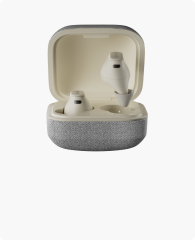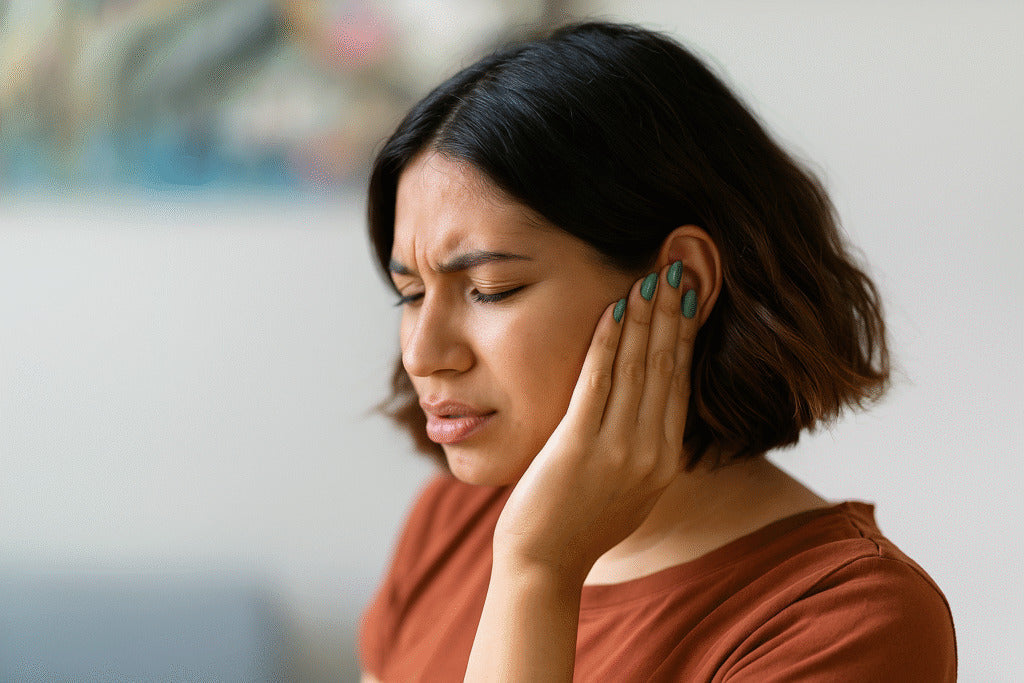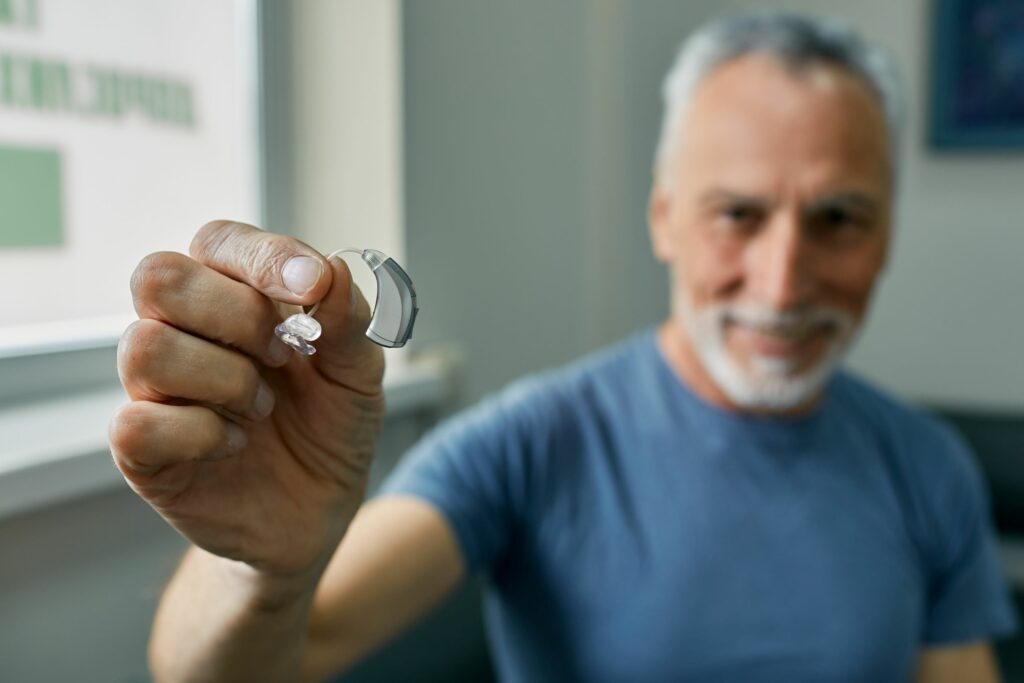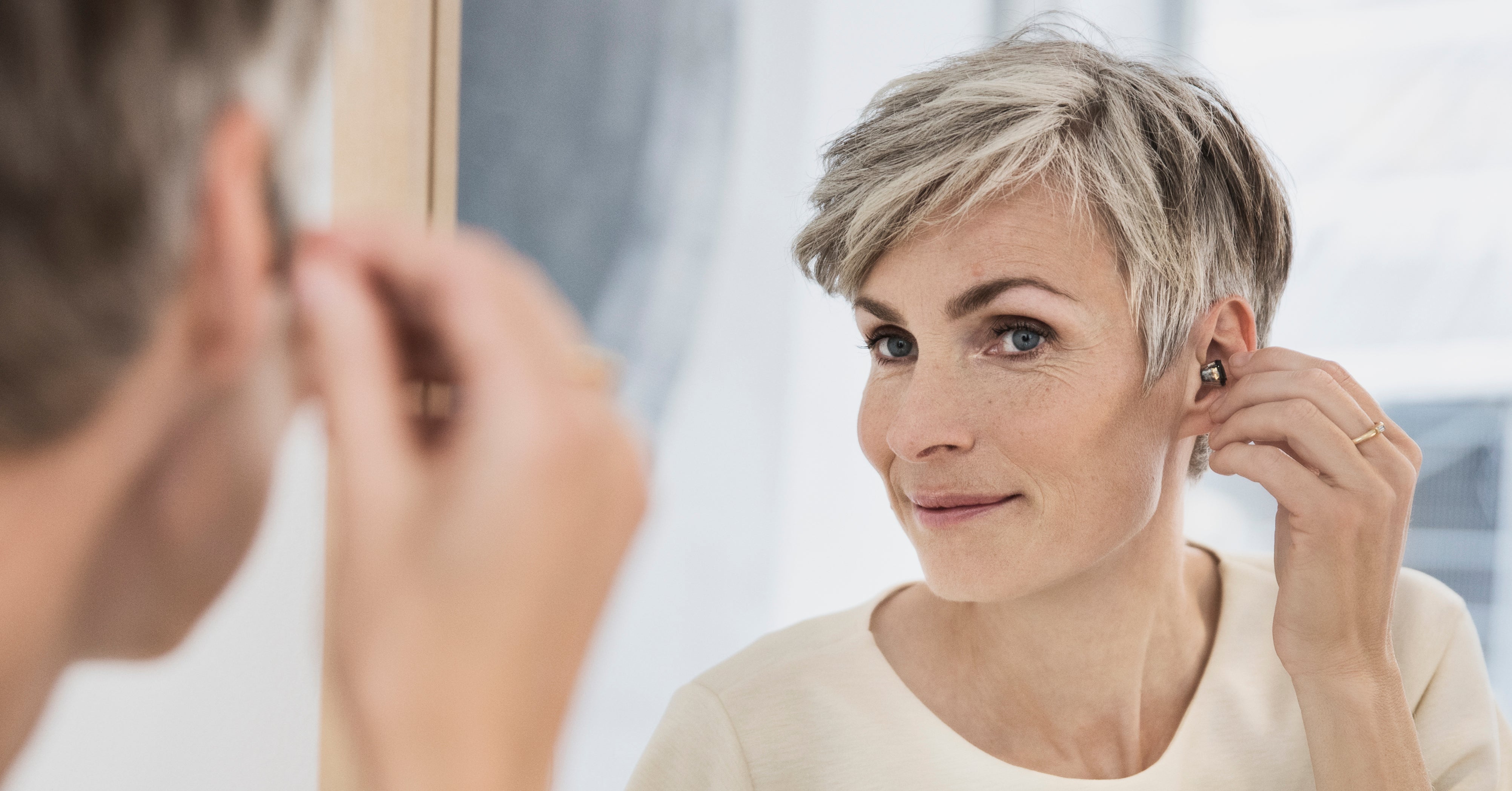Earwax—also known as cerumen—often gets a bad reputation. But did you know it's actually a natural protector for your ears? While excessive or hardened earwax can cause discomfort, most earwax plays an important role in keeping your ears healthy and clean.
In this post, we’ll explore the essential function of earwax, why your ear might hurt after cleaning it, and how to clean your ears safely without causing more harm than good. If you've ever thought, "Why does my ear hurt after cleaning it?" or "I cleaned my ear and now it hurts," you're not alone—and you're in the right place.
🚀 Navigate This Post
You may also be interested in:
- Why Do I Cough When I Clean My Ears? A Science-Based Look
- Recommended by Hearing Experts! These Cleaning Tools Make Your Hearing Aids Last Longer
- Water Stuck in Ear for Days? Here’s What You Really Need to Know
Part 1. Why Your Ear Hurts After Cleaning: Causes You Might Not Expect
Let’s start with the big question: Why does my ear hurt after cleaning it?
It sounds like a simple issue, but the truth is, ear pain after cleaning is surprisingly common—especially in older adults or hearing aid users.
There are a few key reasons why this happens, and most of them stem from how and what we use to clean our ears.
1. Overcleaning or Frequent Swabbing Irritates the Skin
The skin inside your ear canal is thin and delicate—almost paper-like. When people clean their ears too often, especially with cotton swabs, it can lead to microscopic abrasions. These tiny scratches may not bleed, but they can sting, burn, and become inflamed, especially when exposed to moisture.

One of my patients, 68-year-old Linda, shared that she felt "a sharp pain every time I tried to clean my ears with a Q-tip." After an examination, we found that she had over-irritated the ear canal, leading to dryness and inflammation. Her story is not uncommon.
And here's the kicker: the more the ears are rubbed or swabbed, the more histamine your body releases. That makes the area itchier, which leads to—you guessed it—more swabbing. It's a cycle that leads to inflammation and pain.
2. Wax Gets Pushed Deeper, Not Out
Another common cause of ear pain after cleaning is wax impaction. When you insert a Q-tip or hairpin (yes, it still happens!), it might seem like you're removing wax. But more often, you’re pushing it deeper into the canal—closer to the eardrum.
The deeper the wax goes, the harder it becomes to remove. It can form a “plug” against the eardrum, causing a dull ache, pressure, or even temporary hearing loss. That’s when people come to me saying: “I cleaned my ear and now it hurts. My hearing feels worse, not better.”
This also increases the risk of water being trapped behind the wax, which can create a moist environment where bacteria thrive.
✅ Pro Tip: If you wear hearing aids, it’s even more important to avoid wax buildup. Devices like the Cearvol Diamond X1 are designed for comfort—but wax accumulation can affect both comfort and performance. A regular safe cleaning routine is essential.
3. Risk of Eardrum Damage
Let’s talk about the worst-case scenario.
The eardrum is an incredibly thin membrane—like tissue paper—that vibrates when sound waves hit it. Inserting a Q-tip too far can puncture the eardrum. This is rare, but it happens.

If the stick is inserted too forcefully or too deep, it may not only pierce the eardrum, but also press on the ossicles—the three smallest bones in your body responsible for transmitting sound. When this happens, pain may be sharp and sudden, and your balance can even be affected.
So if you’re wondering “why does my ear hurt after cleaning it” and the pain is severe or comes with sudden hearing changes, don’t wait—see a professional.
Part 2. Safe and Simple Ways to Clean Your Ears at Home
So now that we’ve figured out why your ear hurts after cleaning, let’s talk about how to do it the right way.
Let me tell you about Mr. Robert, 74, a retired engineer and one of my longtime patients. One afternoon he called and said, “I cleaned my ear and now it hurts. I think I pushed something too deep.”
Turns out, he’d used a matchstick—yes, really—to try to "scoop out" earwax because he thought Q-tips were too soft. The result? A scratched canal and mild infection.
So how can we clean ears safely without causing injury?
1. Soften Earwax Gently
Use a dropper to apply a few drops of mineral oil, baby oil, hydrogen peroxide, or glycerin into the ear. Do this twice a day for no more than 4–5 days. This helps loosen hardened wax naturally.
For more guidance, you can check our step-by-step guide on clean ears safely.
2. Flush with Warm Water
After softening the wax, gently rinse the ear canal with warm (not hot!) water using a rubber bulb syringe. This works best if you tilt your head and pull the ear back to straighten the canal.

3. Dry the Outer Ear Carefully
Use a soft towel to pat the outside of your ear dry. Avoid inserting tissues or cotton balls inside the ear.
💡 Note: This method should only be used if you don’t have tubes in your ears or a perforated eardrum. If you’re unsure, consult a professional.
Part 3. What Happens When You Push Wax Too Deep?
Let’s say you didn’t follow the safe method—and now, suddenly, you feel pressure or pain.
That’s when people often tell me, “I cleaned my ear and now it hurts and feels blocked.”
This usually means wax impaction—a common problem where wax is pushed deep against the eardrum, making it hard to hear and uncomfortable to move your jaw. This happens a lot in older adults because earwax gets drier and harder with age.

Signs of Impaction
- Muffled hearing in one or both ears
- Pressure or a “clogged” sensation
- Mild ringing or balance issues
- Pain when touching the outside of the ear
Sometimes the wax becomes so tightly packed that water from showers or baths gets trapped behind it. That moist, warm space is the perfect condition for bacteria to grow, leading to infection.
When that happens, a safe option may be ear irrigation performed by a specialist.
Part 4. When Cleaning Leads to Hearing Loss
Here’s something most people don’t expect:
When you aggressively clean your ears, especially with sharp objects or frequent swabbing, you may actually cause or worsen hearing issues.
Mrs. Jeanette, 71, once told me, “I think I made things worse. I cleaned my ears last week and now I can’t hear the TV clearly.” After a check-up, we discovered she’d compacted wax right against the eardrum and triggered temporary conductive hearing loss.

Let me emphasize:
Hearing loss from wax is usually reversible, but continued trauma to the ear can cause long-term damage.
If you’re curious to understand how this happens, we’ve written a detailed post explaining different types of hearing loss and how it can be prevented or managed.
How to Know It’s Time to Stop Self-Cleaning
- If your hearing worsens after cleaning
- If the pain lasts more than 1–2 days
- If you experience ringing or dizziness
- If there’s discharge or odor
These are signs that your body is saying, “Stop poking in there.” It may be time to let an audiologist take over.
Part 5. Ear Hygiene Tips for Hearing Aid Users
Now let’s talk directly to those of you who wear hearing aids—because ear care matters even more in your case.
Hearing aids, especially those worn in the ear canal, can cause wax to build up faster. They also limit the ear’s natural ability to expel wax. This is why I always recommend regular gentle maintenance—not just for the device, but for your ear canal.

Diamond X1 - Best Hearing Aids with Bluetooth
Newcomer Price
$249.99 $309.99
- ✔ Adaptive sound modes for clear hearing.
- ✔ Bluetooth for calls & streaming.
- ✔ App-controlled, customizable adjustments.
- ✔ Rechargeable & fast charging.
- ✔ Ideal for mild to moderate hearing loss.
If you're using a device like the Cearvol Diamond X1, you're already ahead of the game. Its ergonomic design reduces pressure on sensitive areas and helps minimize wax blockage. But no hearing aid can help if your ear is already irritated or infected.
For hearing aid users, the best remove earwax method is one that’s regular, gentle, and supervised. Don’t wait until you feel pain.
Final Thoughts: Listen to What Your Ears Are Telling You
If you're asking “why does my ear hurt after cleaning it?” or thinking “I cleaned my ear and now it hurts”, your ears are probably trying to tell you something.
Maybe you’re cleaning too often. Maybe the tools you’re using are too aggressive. Or maybe it’s time to take a break from DIY and see an audiologist.
Your ears are delicate, and you only get two of them. Treat them with care, keep your hearing sharp, and remember—less is often more when it comes to cleaning.








Leave a comment
All comments are moderated before being published.
This site is protected by hCaptcha and the hCaptcha Privacy Policy and Terms of Service apply.